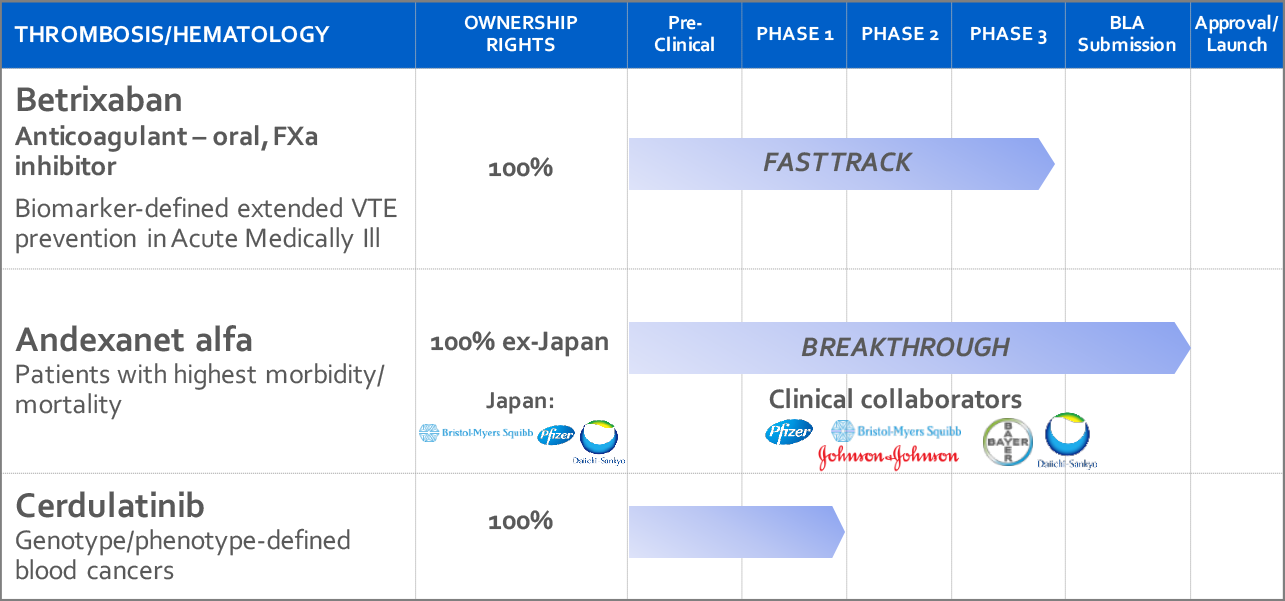

The efficacy of Andexanet for acute major bleeding (either ICrH, gastrointestinal, or other bleeding) was shown in the Full Study Report of ANNEXA-4 (Andexanet Alfa for Bleeding Associated with Factor Xa Inhibitors)-a single-arm prospective cohort study in 352 patients.

2–4 The factor Xa antidote, Andexanet alfa (recombinant modified factor Xa protein) was recently approved by the Food and Drug Administration in May 2018. Anticoagulant-associated ICrH results in larger hematoma volumes, higher risk of expansion, and worse clinical outcomes compared with spontaneous ICrH. 1 A serious adverse consequence of these medications is acute major bleeding, the most serious being intracranial hemorrhage (ICrH). A 1-way sensitivity analysis found that for the incremental cost-effectiveness ratio to be <$150 000/QALY gained, Andexanet high or standard dosing would require a price reduction to <$24 000 Canadian (at current baseline efficacy).įactor Xa inhibitors (apixaban, edoxaban, and rivaroxaban) are preferred over warfarin for prevention of ischemic stroke in patients with nonvalvular atrial fibrillation and the treatment/prevention of venous thromboembolism. The probabilistic sensitivity analyses demonstrated that Andexanet (at its current cost) was cost-effective in 19% of simulations using a willingness-to-pay threshold of $50 000/QALY and 33% of simulations at $150 000/QALY. The strategy of Andexanet had an incremental cost-effectiveness ratio was $219 652 per QALY gained compared with the comparator of PCC. The average discounted lifetime costs were $237 177 Canadian dollars for Andexanet and $177 871 Canadian dollars for PCC. PCC had a discounted life expectancy of 2.09 years and a discounted QALY of 1.28. Andexanet had the highest discounted life expectancy of 2.53 years and a discounted QALY of 1.55.

Arteriosclerosis, Thrombosis, and Vascular Biology (ATVB).


 0 kommentar(er)
0 kommentar(er)
